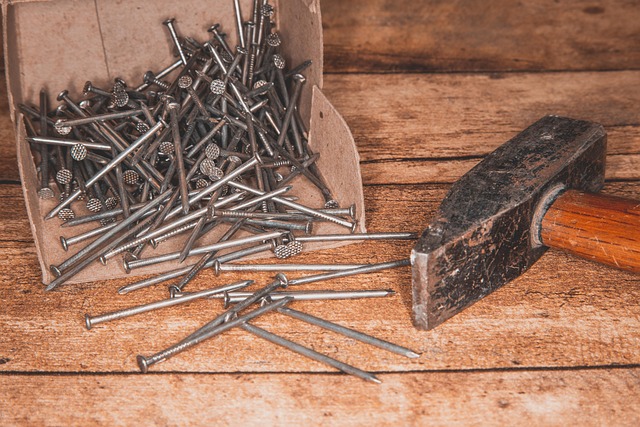Understanding essential automotive tools facilitates DIY repairs like tire changes and engine tune-ups. Online resources guide beginners through tasks like battery charging and coolant leak detection. Simple DIY repairs enhance vehicle maintenance confidence while complex systems like electrical repairs require professional expertise. Safety, proper tools, and knowledge are crucial for DIY auto repairs. Regular maintenance, including fluid checks and exterior care, keeps vehicles in top condition with Select DIY Auto Repairs.
Are you new to auto repair and feeling intimidated? This comprehensive guide is here to help. From understanding basic tools to diagnosing common car problems, we’ll equip you with essential skills for select DIY auto repairs. Learn simple step-by-step guides, discover when professional help is crucial, and master safety precautions. By following these tips, you’ll gain confidence in maintaining your vehicle post-repair, saving time and money.
- Understanding Basic Tools and Equipment
- Diagnosing Common Car Problems at Home
- Step-by-Step Guide to Simple Repairs
- When to Seek Professional Help
- Safety Precautions for DIY Auto Repairs
- Maintaining Your Vehicle Post-Repair
Understanding Basic Tools and Equipment
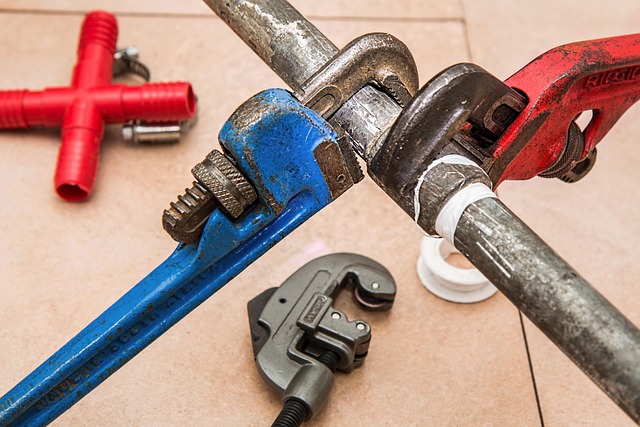
For any DIY auto repairs, it’s essential to have a fundamental understanding of the tools and equipment needed for common tasks. Basic automotive tools include wrenches (both open-end and box-end), sockets, screwdrivers (Philips and flathead), pliers, hammers, and socket sets. These tools are crucial for everything from changing tires (including tire rotation instructions) to performing an engine tune-up at home, as many tasks can be accomplished with simple hand tools.
Once you have the essentials, you’ll be better equipped to tackle issues like a diy brake rotor replacement or routine maintenance checks. Online resources and tutorials can guide you through specific procedures step-by-step. Remember, selecting the right tools for your projects is key to ensuring safety and achieving successful DIY auto repairs.
Diagnosing Common Car Problems at Home
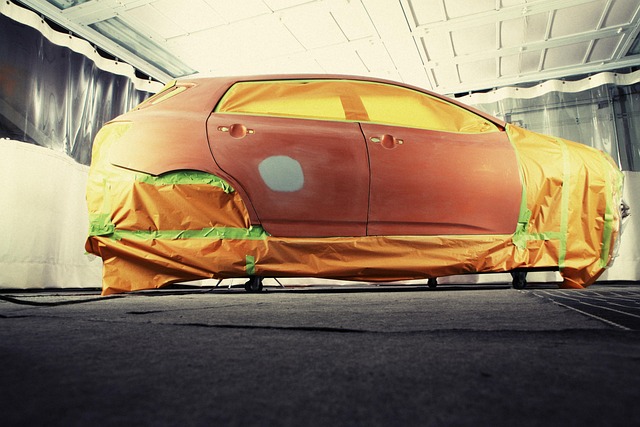
Many common car problems can be diagnosed and even fixed at home by beginners with a basic understanding of automotive mechanics. One of the most frequent issues is a faulty battery, which often results in a car not starting. A simple DIY auto repair for this is learning how to charge your car battery using either a jump starter or an in-car charging system. This quick fix can save you from being stranded and is a valuable skill for any beginner mechanic.
Another easily manageable task is detecting coolant leaks, which can be as simple as checking the level of your car’s coolant reservoir and visually inspecting for any visible signs of damage or loss. For more complex issues, such as a persistent check engine light, beginners can use diagnostic tools to scan their vehicle’s computer for error codes, providing insights into potential problems that may require further investigation or professional attention.
Step-by-Step Guide to Simple Repairs
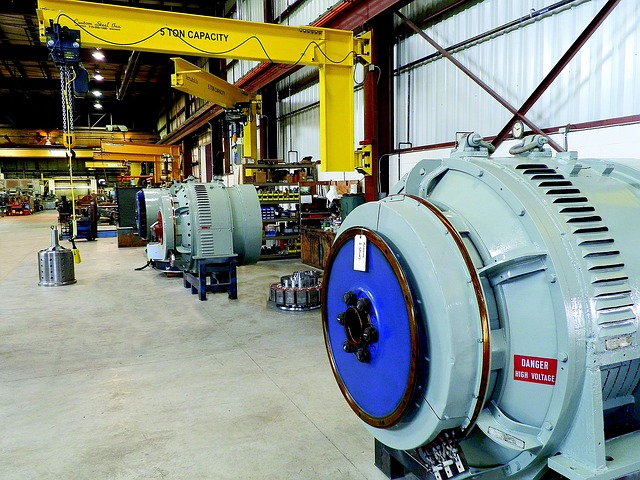
Starting with basic auto repairs is an empowering step for any beginner. To get you started, here’s a straightforward guide to tackle simple fixes yourself. Begin by identifying the problem – is it a persistent misfiring engine, a warning light on your dashboard, or a leaking fluid? For minor issues like a diy transmission fluid change or diy brake rotor replacement, many cars provide easy access to these components under the hood. Consult your vehicle’s owner manual for detailed instructions specific to your make and model.
Next, gather the necessary tools and parts. Basic auto repair kits are readily available online or at hardware stores. Ensure you have everything on hand before beginning. Safety first: wear protective goggles and gloves. Now, follow each step meticulously. For instance, when fixing a misfiring engine, check for spark plugs that need replacing or fuel injection issues. Each repair, whether it’s a simple fluid change or more complex task like replacing rotors, builds your confidence and reduces reliance on professional mechanics.
When to Seek Professional Help

While many DIY enthusiasts enjoy taking on auto repairs to save costs and learn new skills, there are certain tasks that are best left to professionals. Recognizing when to seek help is crucial for maintaining your vehicle’s safety and performance. If you’re tackling a repair that involves complex systems like the car electrical repairs, it’s advisable to consult an expert. Systems such as the ignition, battery, or alternator are vital for your car’s operation and any misstep could lead to serious consequences. Similarly, tasks like brake bleeding diy, while seemingly straightforward, require precision and specific tools to ensure optimal braking performance and safety. If you’re unsure about a repair or lack the necessary tools, it’s best to turn to a qualified mechanic to handle the job, ensuring your peace of mind and the longevity of your vehicle.
Safety Precautions for DIY Auto Repairs
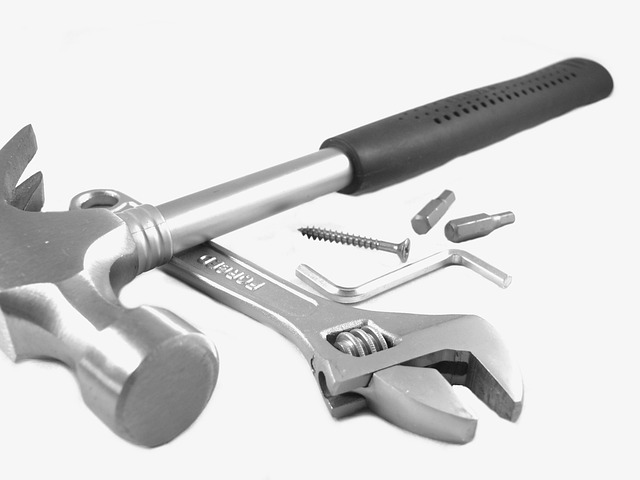
When tackling DIY auto repairs, safety should always be your top priority. Before diving into any project, ensure you have the proper tools and equipment, and wear protective gear such as gloves, safety glasses, and a dust mask. This is especially crucial when handling tasks like a fix cracked windshield safely or performing an engine tune-up at home, where mistakes can lead to serious injuries.
When it comes to maintaining your vehicle, regular services like a diy radiator flush can make a significant difference in performance and longevity. Always refer to your car’s manual for specific guidelines on how to conduct these tasks properly and safely. Never hesitate to seek professional advice if you’re unsure about any part of the process.
Maintaining Your Vehicle Post-Repair
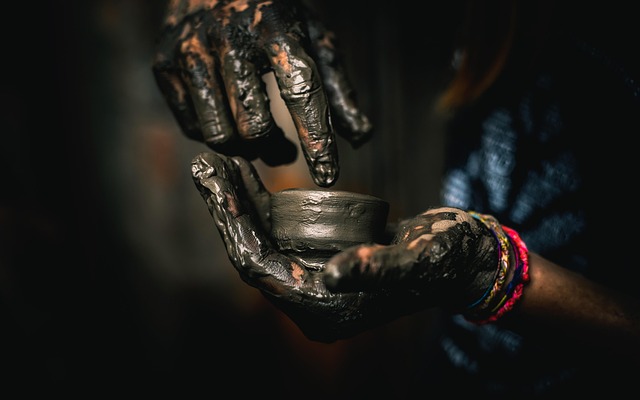
After completing your initial auto repairs, establishing a routine for regular maintenance is key to keeping your vehicle in top shape. This includes simple yet essential checks like checking your fluid levels (engine oil, coolant, brake fluid), inspecting tire pressure and tread depth, and regularly replacing air filters.
For more involved tasks, consider DIY car battery charging or replacement tips, as these are common procedures that can save you time and money. Remember to also maintain your vehicle’s exterior by washing it regularly and addressing any leaks or damage promptly. Replacing door seals is a good example of a repair that, with the right tools and guidance, can be handled by beginners to prevent water ingress and ensure optimal performance over time.
For beginners looking to take on auto repairs, gaining knowledge and confidence through practical experience is key. This article has provided an essential toolkit of skills, from understanding basic tools to maintaining your vehicle post-repair. Remember, while DIY auto repairs can save costs and foster a deeper connection with your vehicle, there are limits to what you can do safely. Knowing when to seek professional help ensures your safety and the longevity of your car. Always prioritize safety precautions, and consider this a starting point for further exploration in the world of automotive care.
